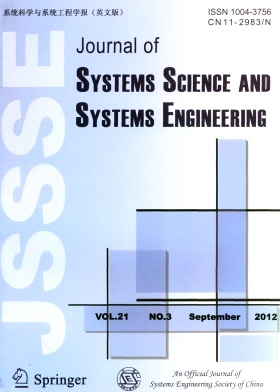Project forecasting using regularity
New publication:
Project regularity: Development and evaluation of a new project characteristic
In our most recent publication in the Journal of Systems Science and Systems Engineering, a new project metric, known as the regularity of a project, has been proposed as an alternative for the widely used Serial/Parallel indicator. It expresses the shape of the so-called S-curve (the planned value line) and is used to measure the accuracy of time and cost forecasts using Earned Value Management.
Abstract: The ability to accurately characterize projects is essential to good project management. Therefore, a novel project characteristic is developed that reflects the value accrue within a project. This characteristic, called project regularity, is expressed in terms of the newly introduced regular/irregular-indicator RI. The widely accepted management system of earned value management (EVM) forms the basis for evaluation of the new characteristic. More concretely, the influence of project regularity on EVM forecasting accuracy is assessed, and is shown to be significant for both time and cost forecasting. Moreover, this effect appears to be stronger than that of the widely used characteristic of project seriality expressed by the serial/parallel-indicator SP. Therefore, project regularity could also be useful as an input parameter for project network generators. Furthermore, the introduction of project regularity can provide project managers with a more accurate indication of the time and cost forecasting accuracy that is to be expected for a certain project and, correspondingly, of how a project should be built up in order to obtain more reliable forecasts during project control.
Click on the picture to download the PDF from the journal website or click here for the read-only version
Cite as: Batselier, J. and Vanhoucke, M., 2017, "Project regularity: Development and evaluation of a new project characteristic", Journal of Systems Science and Systems Engineering, 26(1), 100–120 (doi:10.1007/s11518-016-5312-6).

